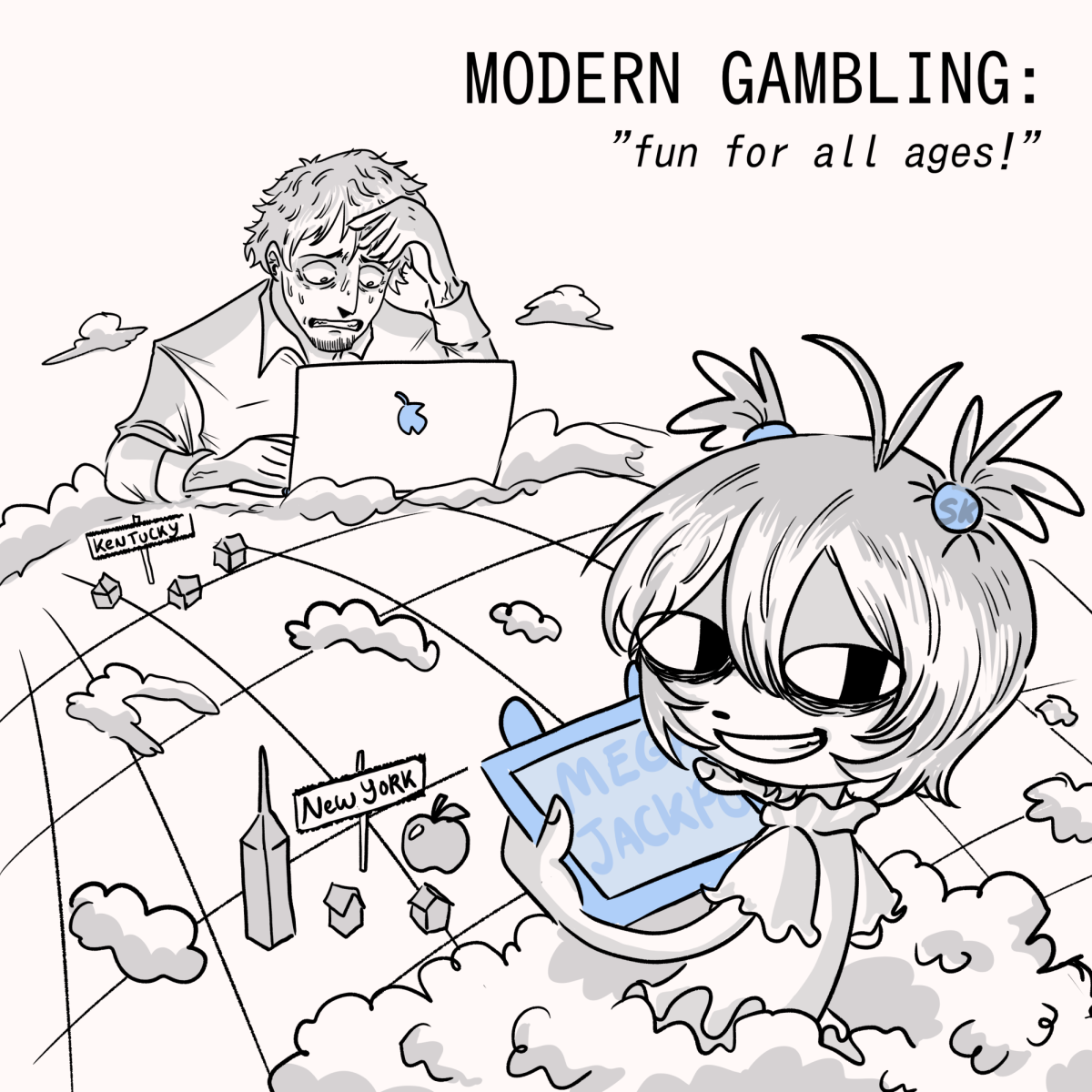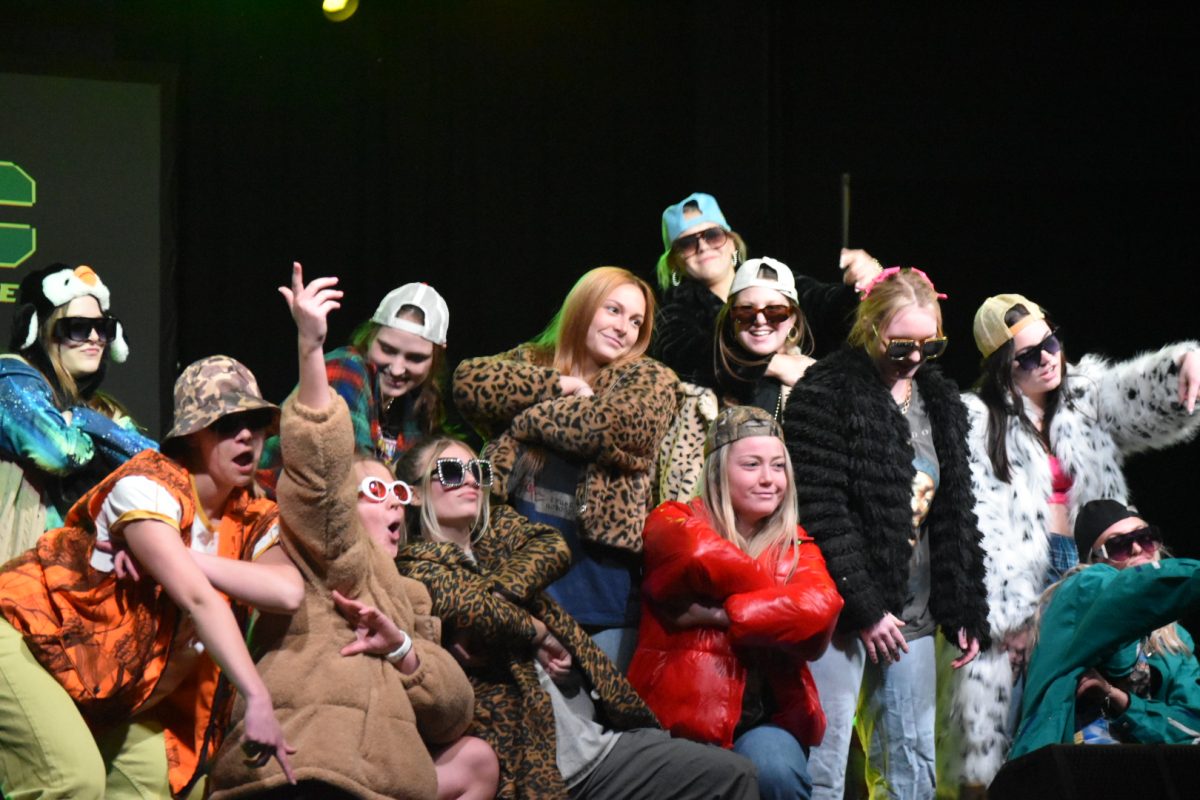About 20 minutes into the movie, someone in “Gnomeo and Juliet” finally asks the question on every adult viewer’s mind from the moment the credits begin: what’s in a gnome? This profound take on the famous line from Romeo and Juliet is spoken by a female gnome called Juliet, voiced by Emily Blunt. The question rings true. Why did the producers decide to take Romeo and Juliet, one of Shakespeare’s most famous tragedies, and turn it into a family-friendly kids movie?
The only explanation we really get is in the very beginning. In the opening scene, a gnome walks across to the center of the stage. His hat is so big that only the nose of his face is visible underneath it. The first words of the movie are his: “The story you’re about to see has been told before. A lot. And now we’re going to tell it again. But different.” With this, he begins speaking the actual lines of the opening soliloquy of the real play, before a big hook yanks him off stage. Then the real movie begins.
Miss Montague and Mr. Capulet, voiced by Julie Walters and Richard Wilson respectively, share a duplex –– a house divided. Montague’s garden gnomes wear blue, while Capulet’s garden gnomes wear red. Like in the play, the Reds and the Blues are bitter enemies. The question at the heart of the movie is the same as in the play: can a Blue and a Red find love against the odds?
Unlike in the play, the two sides aren’t trying to kill each other; instead, they play pranks or race lawn mowers. But when things get serious, their most severe assault on one another is cutting off the hat of one of their enemies. Since they’re ceramic, taking one’s hat is permanent. As Gnomeo declares at one point, “A hat for a hat.”
The plot, for the most part, stays pretty true to the Bard’s play. But near the end, when it looks like all is lost, Gnomeo finds advice from a most unlikely source –– a statue of Shakespeare himself, voiced by Patrick Stewart. The Bard warns Gnomeo that in the story he wrote, both Romeo and Juliet die at the end. Gnomeo sets off to stop this from happening, at which point, the Bard yells to him that he’s doing the same thing Romeo did in his play. This odd postmodern bit was probably intended to give homage to Shakespeare. Instead, it came off as gimmicky, in a movie already filled with cheap gimmicks.
The worst part of the movie, however, wasn’t the gimmicks; most of the time, the gimmicks were more entertaining than troubling. Instead, the worst part was the music. Elton John music has its time and its place. In a movie already filled with odd elements, why add Elton John to the music? Oftentimes, it made the emotional impact –– whether humorous or sad –– lessen. It took me out of the plot of the movie and made me question the choices. After all, this isn’t a John Hughes movie.
But for the most part, “Gnomeo and Juliet” is exactly what one would expect it to be: a more- or-less enjoyable and decent kids’ movie. Watch it for the laughs and for your kids, or watch it for no other reason than to see how the absurd premise plays against Shakespeare’s great tragedy. But don’t go in expecting “Toy Story” –– though it borrows that movie’s inanimate-dolls-coming-to-life-when-no-one-is-looking conceit, it doesn’t hold up against that movie’s great way of telling a story, nor does it hold up against its contemporaries.

























